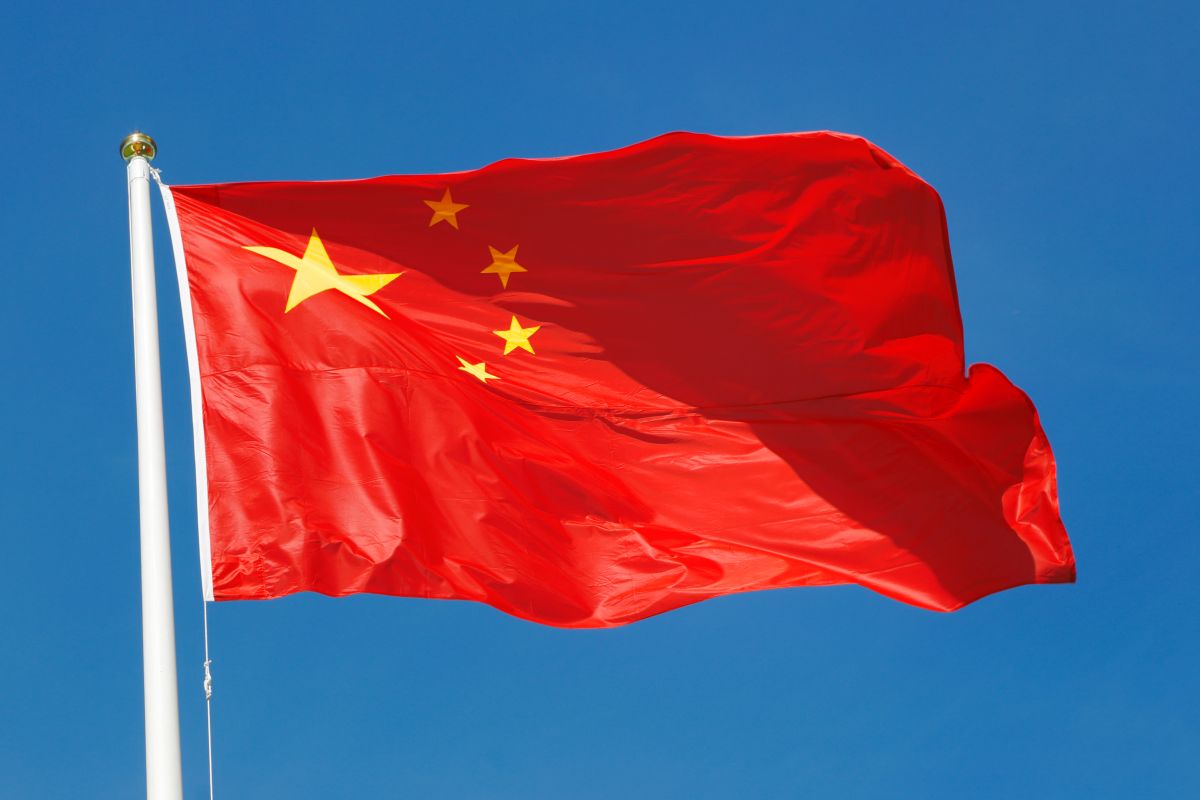China is a crucial thread in the intricate global economy, weaving its growth trajectory amid challenges that echo far beyond its borders. The recent reports on China’s property sector and retail sales underscore a delicate balancing act as the nation grapples with a multifaceted economic slowdown. The cornerstone of concern lies in the faltering property sector, where negative sentiment among homebuyers and the burden of indebted developers have cast a shadow over sales and investments.
The consecutive fifth-month decline in new home prices paints a vivid picture of a market battling distress, exacerbated by the looming spectre of local government debt risks and weakened global demand. While the third quarter brought unexpected growth, it appears to be a deceptive calm.
The tepid pulse of domestic demand and the necessity for manufacturers to resort to price discounts to entice buyers unveil the underlying struggle. The economy is akin to a well-intentioned engine with components operating at different speeds, and the proffered policy support measures, though modestly beneficial, have not dispelled the looming clouds. A ray of light emerges from the industrial sector, where output growth in November outpaced expectations.
Yet, analysts remain cautiously optimistic, pointing out that the data is skewed by accelerated growth in automobile production and power generation. Factory-gate deflation deepened, signalling that a comprehensive economic recovery remains elusive. The market’s anticipation of swift results from pro-growth policies has, so far, been met with the constraints of policy transmission and wavering business confidence.
Retail sales, a crucial barometer of consumer activity, present a mixed bag. While November witnessed an acceleration in growth, exceeding October’s figures, it fell short of analysts’ expectations. The surge is attributed to the low base effect in 2022 when Covid-19 curbs disrupted normalcy. This raises concerns about the sustainability of the rebound, especially when coupled with a simultaneous decline in consumer prices at the fastest rate in three years and exacerbated factory deflation.
China’s economic conundrum extends beyond the numbers, delving into the realm of structural challenges. Analysts caution that policymakers might be underestimating the depth of the slowdown and highlight the risk of slipping into a Japanese-style stagnation unless decisive steps are taken. The call for reorienting the economy towards household consumption and market-driven resource allocation echoes as a crucial prescription for sustained growth. As the economic script unfolds, the need for additional stimulus becomes evident. Policymakers face the uphill task of balancing short-term gains with long-term sustainability.
The recent relaxation of home purchase restrictions in Beijing and Shanghai reflects an effort to stimulate domestic demand. But will these measures prove sufficient in steering the economic ship through turbulent waters? In the labyrinth of China’s economic landscape, the current juncture demands strategic decisions. The path forward necessitates a nuanced understanding of the structural impediments, coupled with bold policy initiatives that align with the evolving dynamics of a post-Covid world.











